Midterms 2018: The battle between Democrats and Republicans for Congress explained in graphs
The 2018 US midterm elections are less than a week away
With one week left until the crucial midterm elections, millions of Americans have already cast their ballots during early voting as others prepare to flock to the polls on Election Day.
November could see the highest turnout across the United States in recent midterm history, with battleground states seeing an unprecedented surge in voter registration and early voting.
Democrats have sought to flip dozens of House and US Senate seats currently held by the Republican majority as a “blue wave” of first-time, minority and female candidates threaten the GOP’s control of Congress.
Check out what that battle looks like, along with some of the most important races and issues nationwide, with the help of The Independent’s midterms infographics below.
Fight for the House
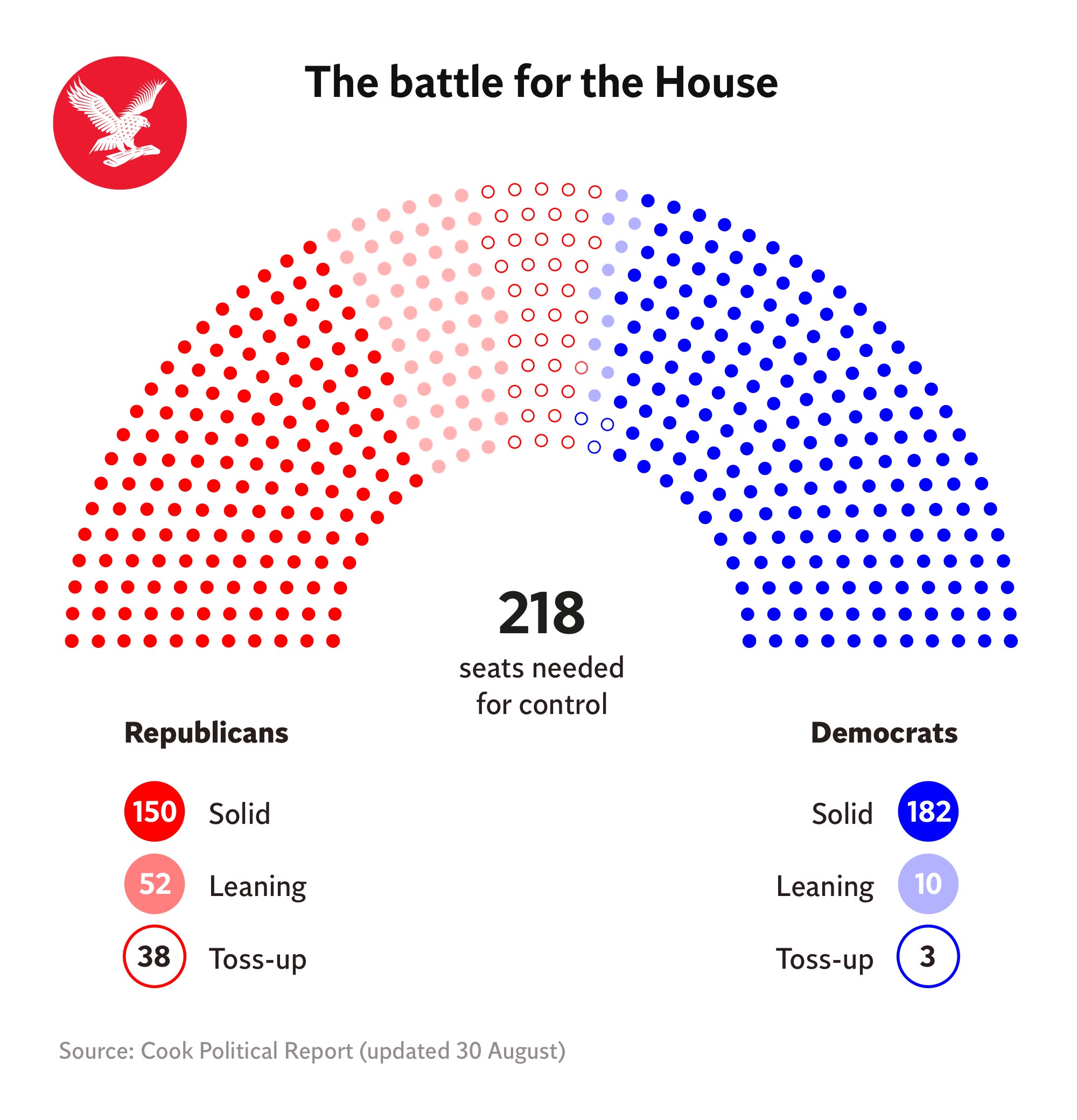
Either party requires 218 congressional seats in order to possess control of the House, and at this point it could very well be anyone’s guess as to whether Democrats or Republicans come out as victors.
The latest generic ballot polling reflected a surge in support for Democratic candidates, with 57 per cent of likely voters saying they will support Democrats while just 40 per cent of respondents said they favoured Republicans.
The nonpartisan Cook Political Report shows at least 38 seats in the House under Republican incumbency as being in a state of “toss-up,” compared to just three Democratic seats.
Fight for the Senate
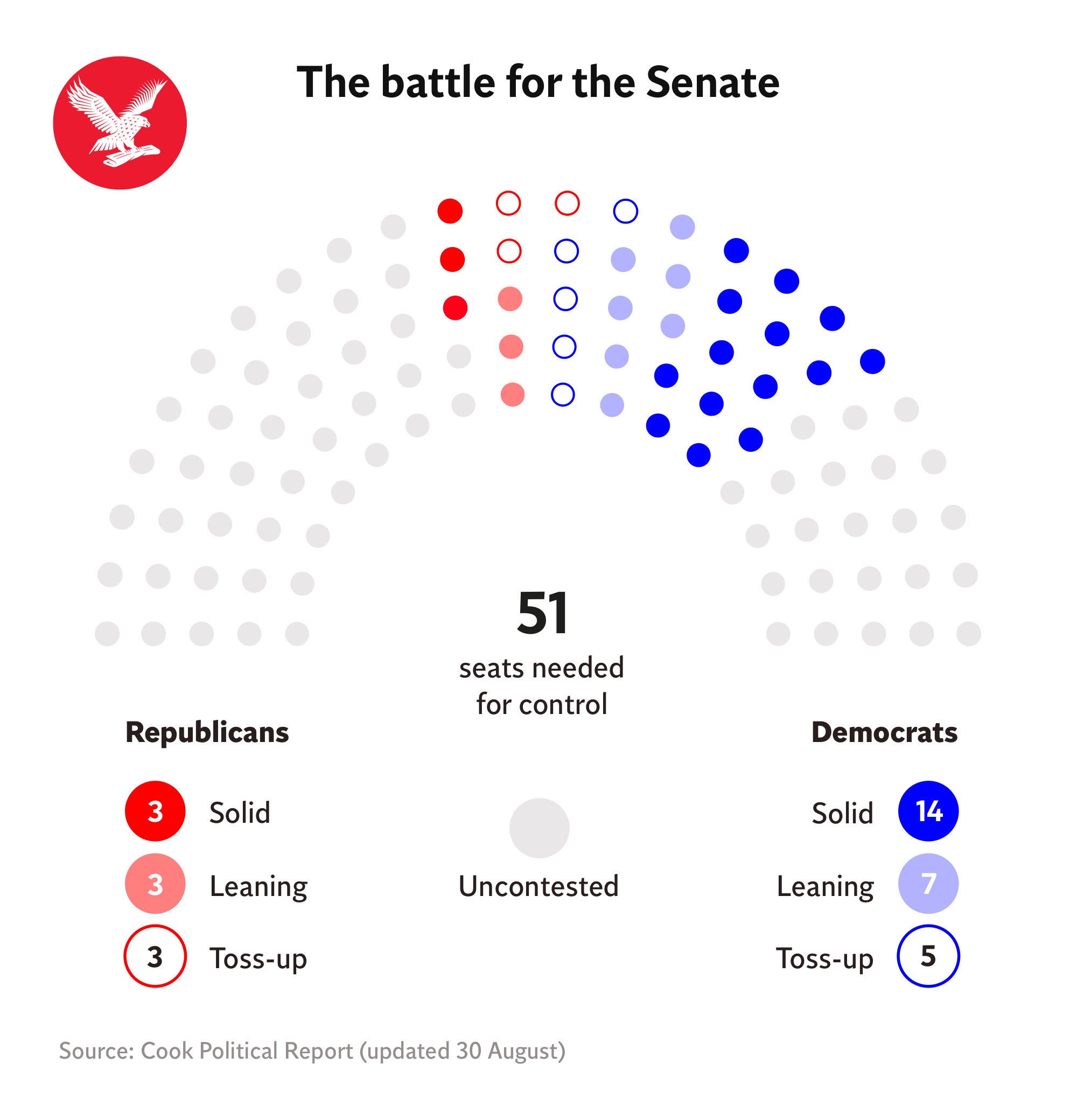
In the US Senate, either party needs just 51 seats to hold a majority and, thus, power.
It appears far more likely the Democratic Party could take back the House, while failing to garner the seats needed to take over the US Senate as well — but it’s still a possibility.
14 seats in play are currently leaning solidly Democratic, according to the Cook Political Report, while another seven lean Democratic and five are considered Democratic toss ups.
Republicans hold just three of the solid seats in the upcoming election, with three leaning Republican and another three considered Republican toss-ups.
Will Texas stay red?
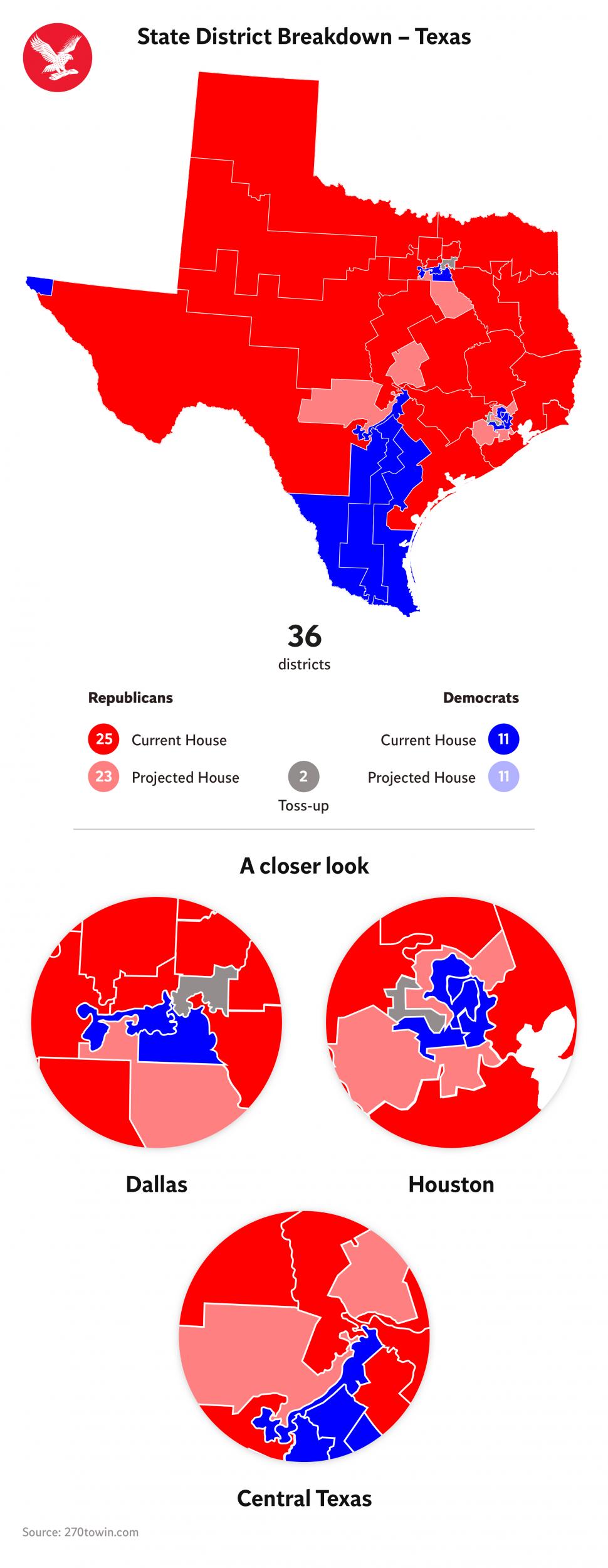
In order for Democrats to have a shot at gaining power in either the House or US Senate, they’ll need to win in states that have seemingly become battleground regions in this election, like Texas.
The Lone Star state has a slate of unique Democratic candidates vying for statewide office — where a Democrat hasn’t been elected in three decades. The latest polls show Democratic US Senate Candidate Beto O’Rourke within spitting distance of unseating Republican incumbent Ted Cruz, and the same goes for congressional candidate Gina Ortiz Jones, who would become the first out lesbian, Filipina and Iraq war veteran from Texas to serve in Congress if elected.
The region is a vast Republican stronghold in recent decades, but that slate of candidates stands to double the Democratic Party’s representation in Congress across the state.
Is California becoming even more blue?
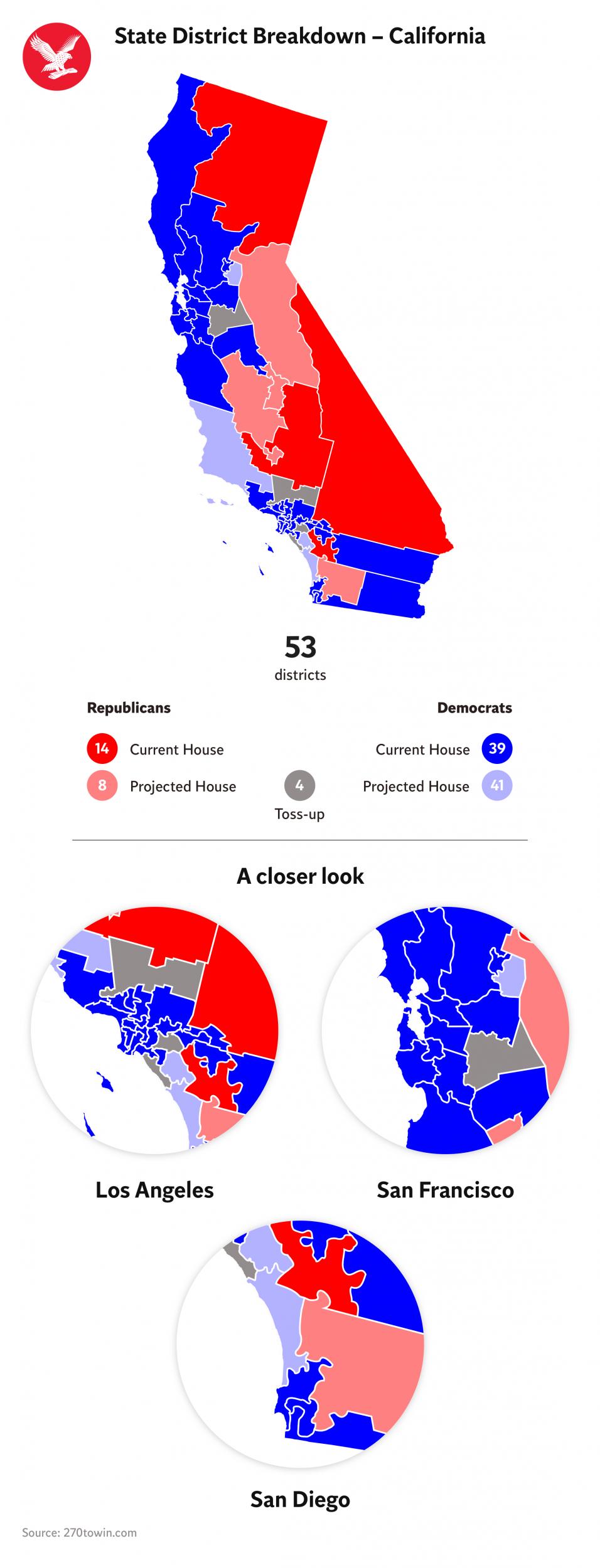
Meanwhile, Democrats in California are seeking to expand their control across the state.
Progressive candidate Ammar Campa-Najar threatens to unseat Duncan Hurd, a Republican incumbent who, along with his wife, was indicted this summer for making illegal personal-use payments through a campaign account.
The Democrats are projected to win 41 of the 53 total districts across the state, with Republicans expected to lose six of their seats and wind up with just eight. Meanwhile, four seats are considered toss-ups.
Health care is driving voters to the polls
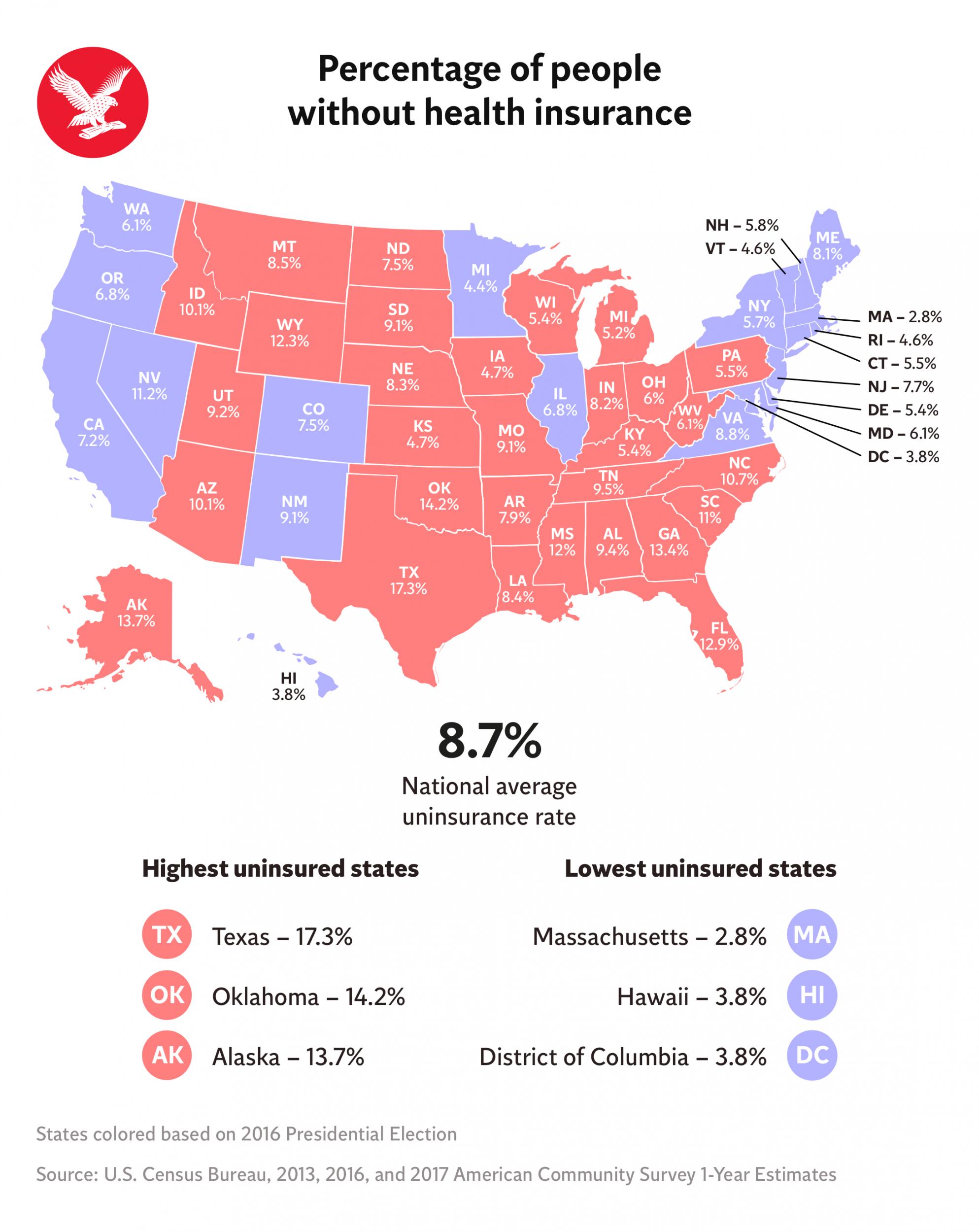
Texas and other regions may see a historic surge in the polls due to issues like health care, in which the Lone Star state is the uninsured capital of the United States.
Whereas the nation averages just 8.7 per cent of people lacking coverage, Texas boasts 17.3 per cent of residents without insurance — with as many as 25 per cent of residents lacking insurance in border towns, where communities are generally lower-income.
Meanwhile, an analysis of uninsured rates across the country show the regions with the least insured residents have been Republican strongholds for decades.
Oklahoma and Alaska follow Texas as the least uninsured states nationwide, with 14.2 and 13.7 per cent of resident lacking insurance according to the most recent data provided by the US Census Bureau.
Join our commenting forum
Join thought-provoking conversations, follow other Independent readers and see their replies
Comments